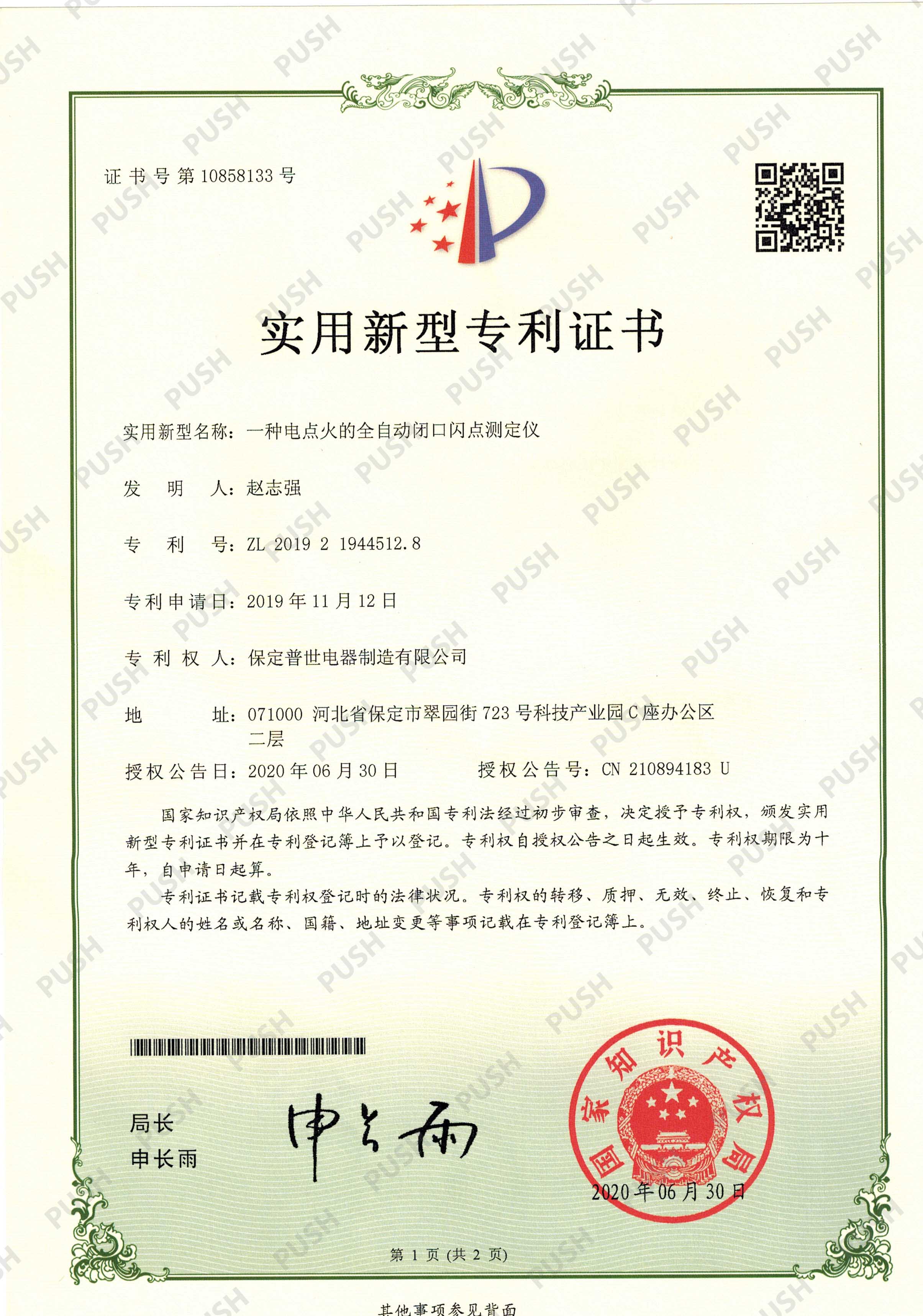 English
English


Acceptable Leakage Current Standards for DC Hipot Testing Explained
Understanding DC Hipot Test and Acceptable Leakage Current
The DC hipot test, short for direct current high potential test, is a crucial procedure used in the electrical industry to assess the insulation integrity of equipment and components. This test involves applying a high voltage (typically significantly greater than the normal operating voltage) to an electrical device to identify potential breakdowns or failures in insulation. One critical aspect of the DC hipot test is measuring leakage current, which indicates how effectively the insulation is preventing unwanted current flow.
Leakage current is defined as the small amount of electric current that flows through the insulation material when a high voltage is applied. It is important to monitor this current, as elevated levels can indicate insulation degradation or the presence of moisture, dirt, or other contaminants that may compromise safety and performance. Understanding the acceptable levels of leakage current is vital for ensuring the reliability and safety of electrical equipment.
The acceptable leakage current during a DC hipot test is determined based on various factors, including the type of equipment being tested, the test voltage applied, and the specific standards set by regulatory bodies and industry best practices. Typically, acceptable leakage current values are very low, often in the microampere (µA) range. For instance, industry standards such as IEC 60950 or UL 60950 provide guidelines for calculating and interpreting leakage current values for different equipment categories.
The assessment of leakage current during the DC hipot test occurs in several phases. Initially, the technician applies a predetermined high voltage to the device under test (DUT) while monitoring leakage current. The test is often maintained for a specified duration, commonly one minute, to ensure stable readings. If the measured leakage current falls within acceptable ranges, the insulation is considered to be in good condition. Conversely, if the leakage current exceeds acceptable thresholds, it may indicate a fault, necessitating further investigation or remedial action.
Determining acceptable leakage current levels involves considering several factors, including
dc hipot test acceptable leakage current

2. Voltage Rating Higher voltage ratings can lead to higher acceptable leakage currents due to the expected increase in stress on the insulation materials.
3. Regulatory Standards Compliance with industry standards and local regulations helps to define acceptable limits for leakage current and ensures safety.
4. Usage Environment Factors such as humidity, temperature, and the presence of contaminants can affect insulation performance, thereby influencing acceptable leakage current levels.
In conclusion, the DC hipot test is essential for assessing the insulation integrity of electrical devices. Monitoring leakage current during this test is key to ensuring safety and reliability. By adhering to established standards and understanding the factors that influence acceptable leakage current, manufacturers and technicians can effectively evaluate their equipment. This practice not only promotes safety but also enhances the longevity and performance of electrical systems in various applications. As technology continues to evolve, the importance of reliable insulation testing like the DC hipot test will only grow, underscoring the need for ongoing education and adherence to best practices in the field.
-
Differences between open cup flash point tester and closed cup flash point testerNewsOct.31,2024
-
The Reliable Load Tap ChangerNewsOct.23,2024
-
The Essential Guide to Hipot TestersNewsOct.23,2024
-
The Digital Insulation TesterNewsOct.23,2024
-
The Best Earth Loop Impedance Tester for SaleNewsOct.23,2024
-
Tan Delta Tester--The Essential Tool for Electrical Insulation TestingNewsOct.23,2024





